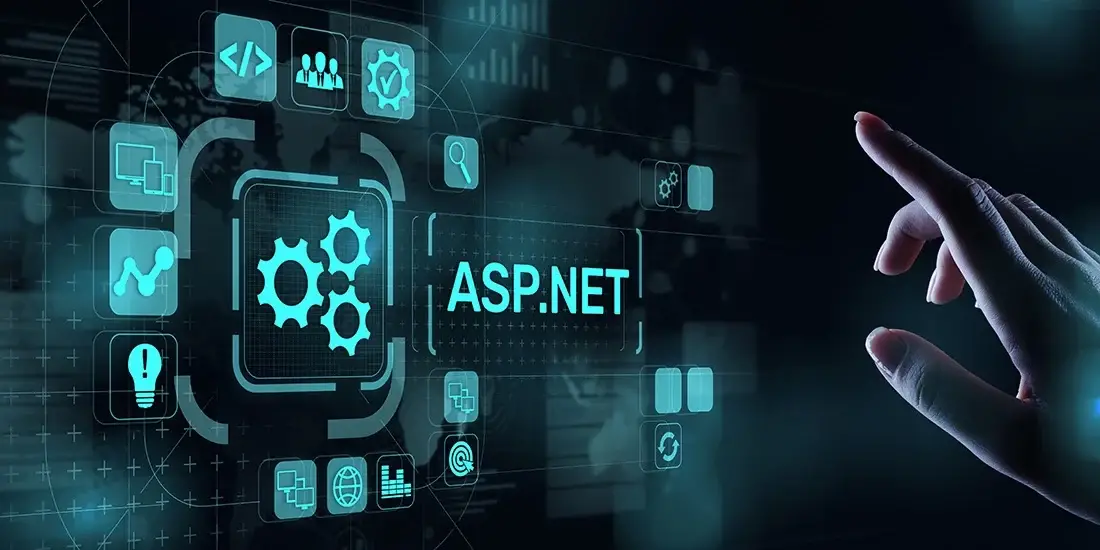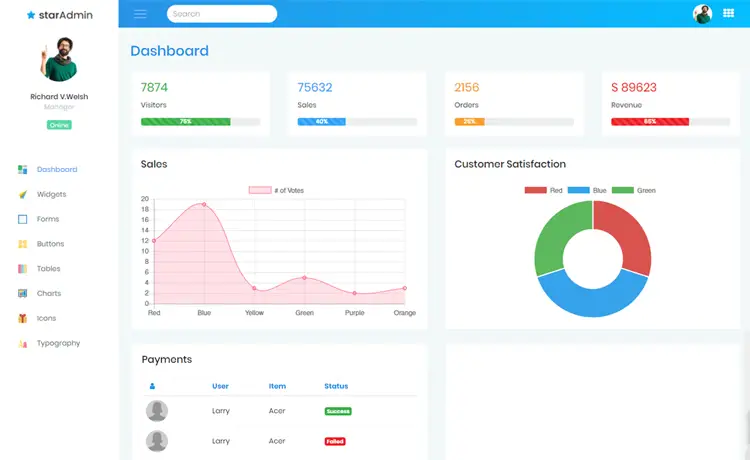How to insert master/details data in EF Code First
By Tan Lee Published on Nov 09, 2024 408
To define a master/details relationship in Entity Framework (EF) Code First, you need to include a reference to the master object in the detail class.
For example, if you have an Order (master) and OrderDetail (detail), you inform EF of the relationship by adding a public Order property in the OrderDetail class. This is the minimum requirement for setting up a master/details relationship. EF will automatically create a foreign key column (Order_Id) in the OrderDetail table and establish the relationship between the two tables.
public class Order
{
[Key]
[DatabaseGenerated(DatabaseGeneratedOption.Identity)]
public int Id { get; set; }
public decimal Total { get; set; }
}
public class OrderDetail
{
[Key]
[DatabaseGenerated(DatabaseGeneratedOption.Identity)]
public int Id { get; set; }
public int OrderId { get; set; }
[ForeignKey("OrderId")] // if not specifed, Order_Id column will be used
public Order Order { get; set; }
public int ProductId { get; set; }
public int Qty { get; set; }
}If you want to use a different column name for the foreign key or if you already have an existing table with a different foreign key column, you can use the `[ForeignKey]` attribute to specify the foreign key column name. Additionally, you need to include the foreign key property in the class definition to properly map the relationship.
How to insert Order/OrderDetails in EF Code First?
public void CreateOrder()
{
using (var db = new OrderDbContext())
{
var order = new Order { Total = 10 };
db.Orders.Add(order);
db.OrderDetails.Add(new OrderDetail
{
Order = order,
ProductId = 101,
Qty = 7
});
db.SaveChanges();
}
}To add a new `OrderId` to the `OrderDetail` table, simply set the `Order` object reference to the `OrderDetail.Order` property. When the `.SaveChanges()` method is called, EF will automatically set the new `OrderId` in both the `Order` and `OrderDetail` tables.
- SqlException: Cannot insert explicit value for identity column
- How to use decimal precision and scale in EF Code First
- How to add a computed column in EF Core
- Applying Migrations Programmatically in EF Core
- Creating a Database and Table in EF Core
- Database Schema Modifications in EF Core
- Adding a Computed Column in EF Core
- Inheritance Mapping in EF Core





